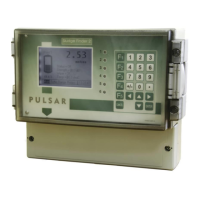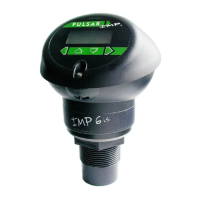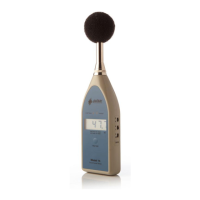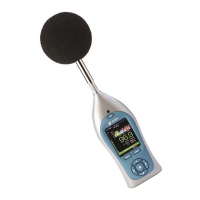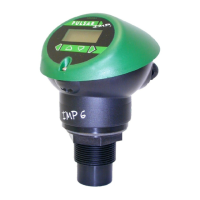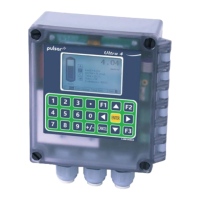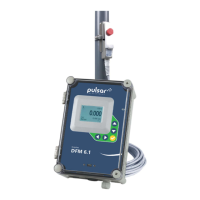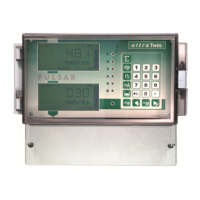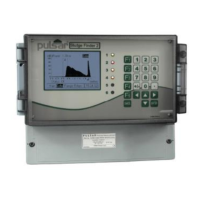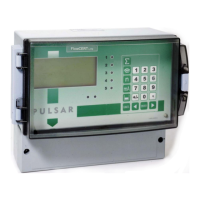What to do if my Pulsar Measuring Instruments display shows 'Wiper Fault'?
- LLisa CarlsonAug 1, 2025
If the main display of your Pulsar Measuring Instruments shows 'Wiper Fault', it indicates a problem with the wiper. First, check the transducer wiring, including the motor terminal. Use the F5 hotkey to start a manual wiper sweep. If the message persists, the issue lies with the wiper or motor. Remove the transducer, clear any obstructions, and try another manual sweep. If the fault continues, further consultation with Pulsar is required.
